The Nazi architectural style aimed to convey a sense of power, grandeur, and control. It drew inspiration from classical and monumental architectural forms, such as ancient Greece and Rome, with an emphasis on expressing the dominance and authority of the Nazi regime. The architecture sought to evoke a sense of unity, strength, and militarism.
Some of the key features of Nazi architecture include:
1. Monumentality: Large-scale buildings and structures were favored, often intended to impress and intimidate. Examples include the grandiose Zeppelinfeld and the colossal Volkshalle proposed for Berlin.
2. Neoclassical Influence: The architecture drew heavily from classical forms and styles, seeking to emulate the grandeur of ancient civilizations. Symmetry, columns, and monumental facades were commonly employed.
3. Simplified Forms: The Nazi style often favored simplified, streamlined designs, particularly in the later stages of the regime. This was partly influenced by the principles of the modernist movement, as well as the austerity measures imposed during the war.
4. Propagandistic Symbolism: Nazi architecture employed numerous symbolic elements to promote the regime's ideology and propaganda. This included the prominent use of swastikas, iron crosses, eagles, and other Nazi emblems on buildings and structures.
This is one of the forty original architectural styles based on which I generated references for the interior and exterior of the target building.
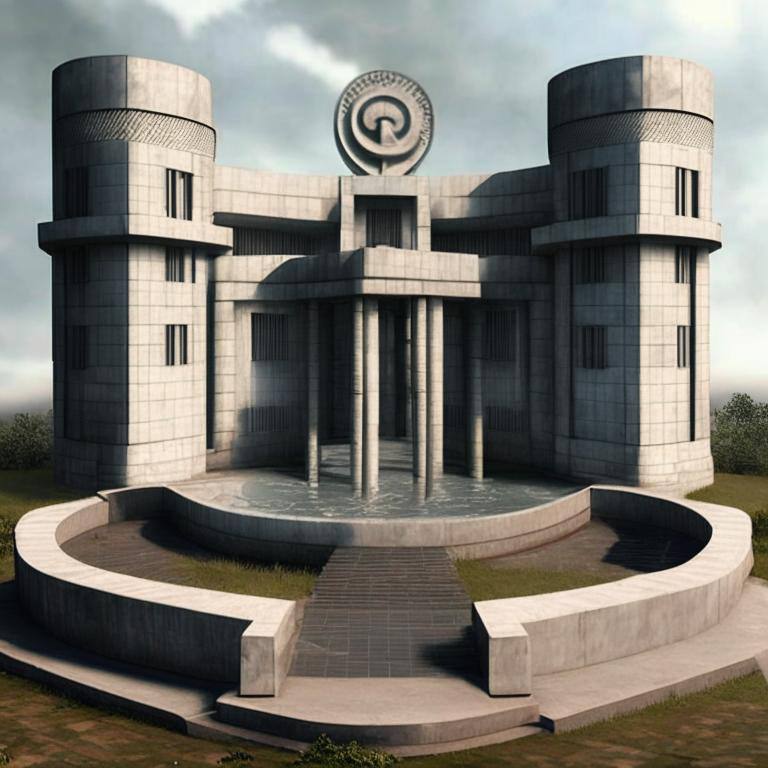
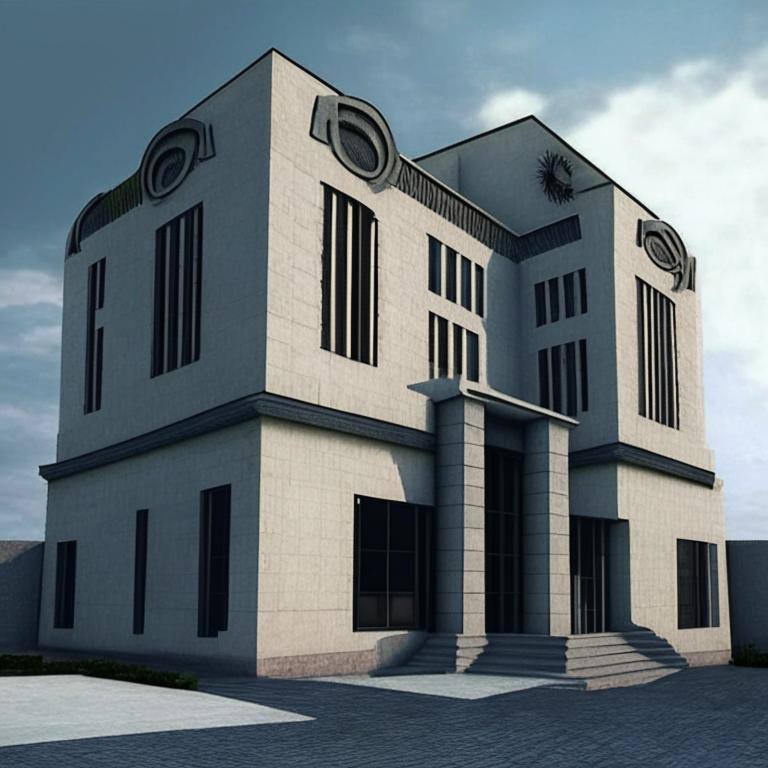
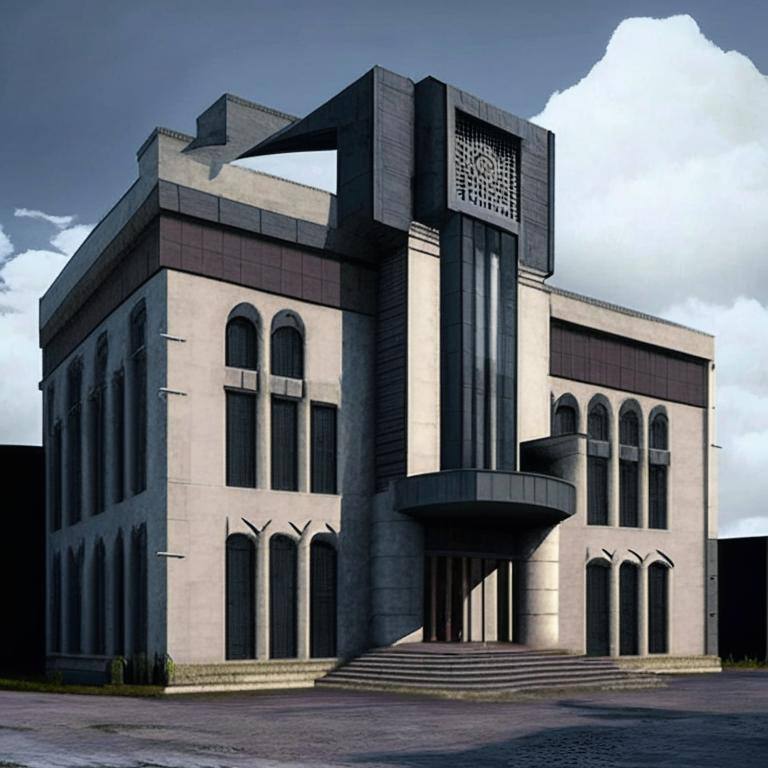
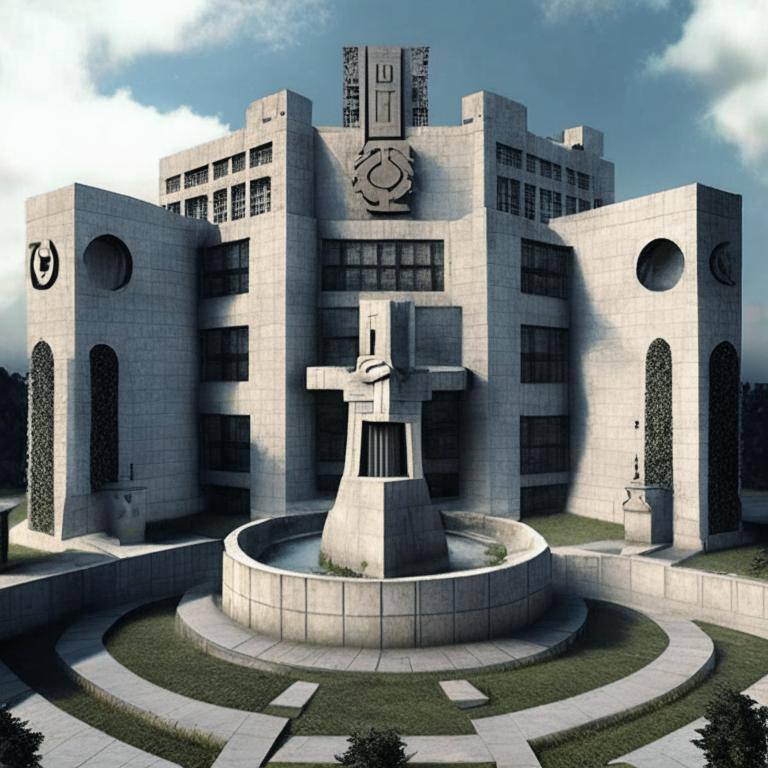
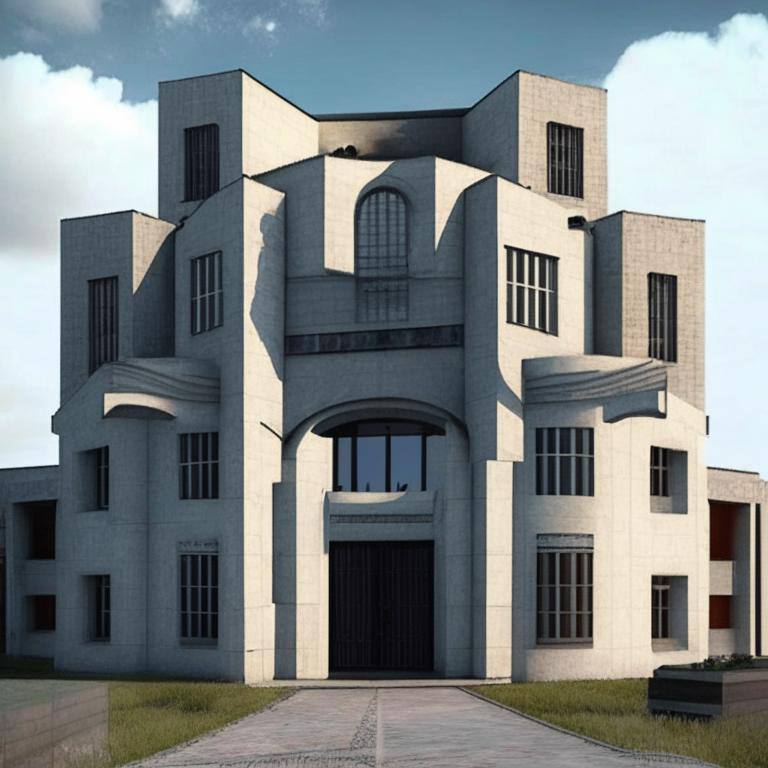
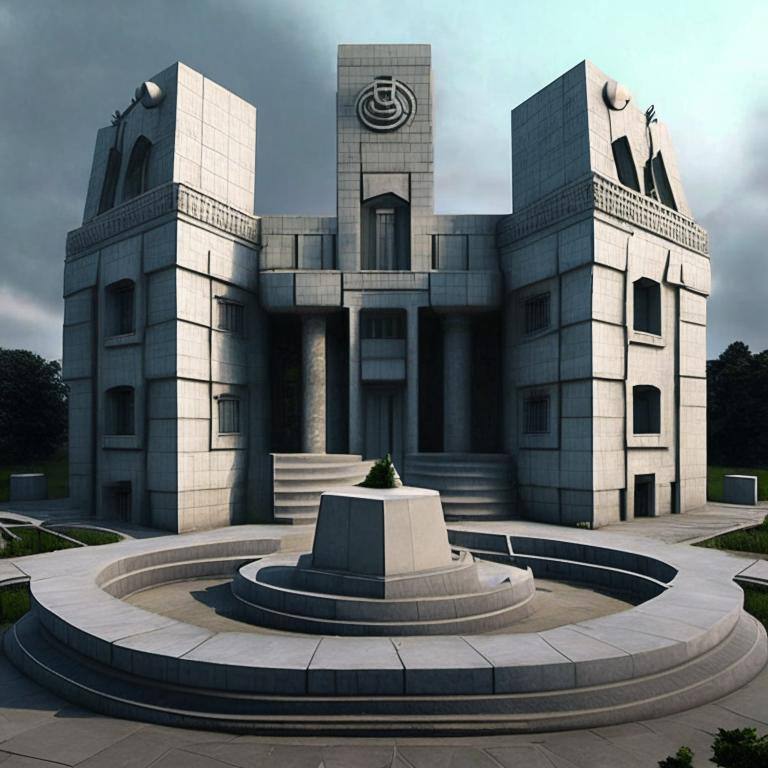
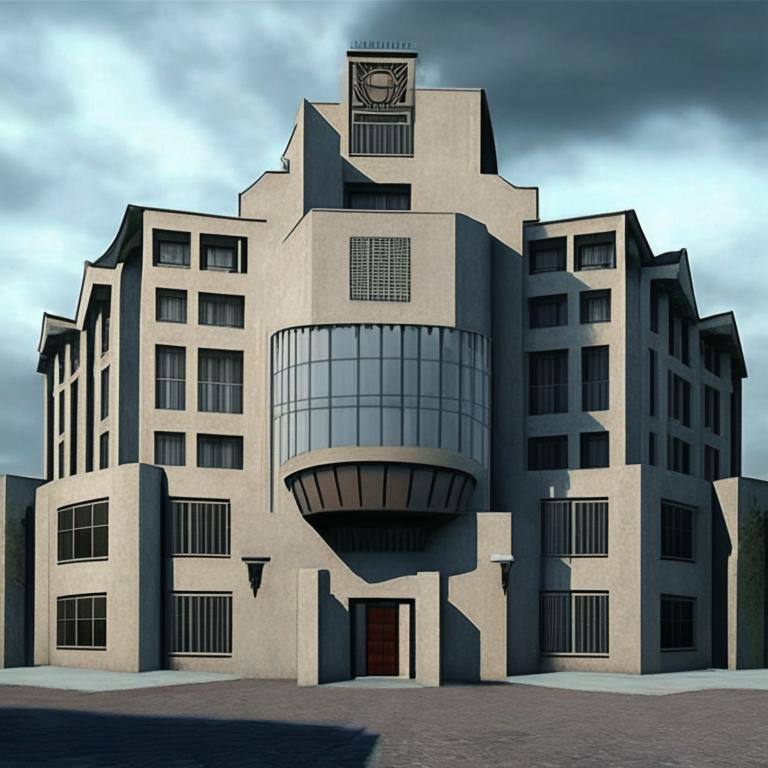
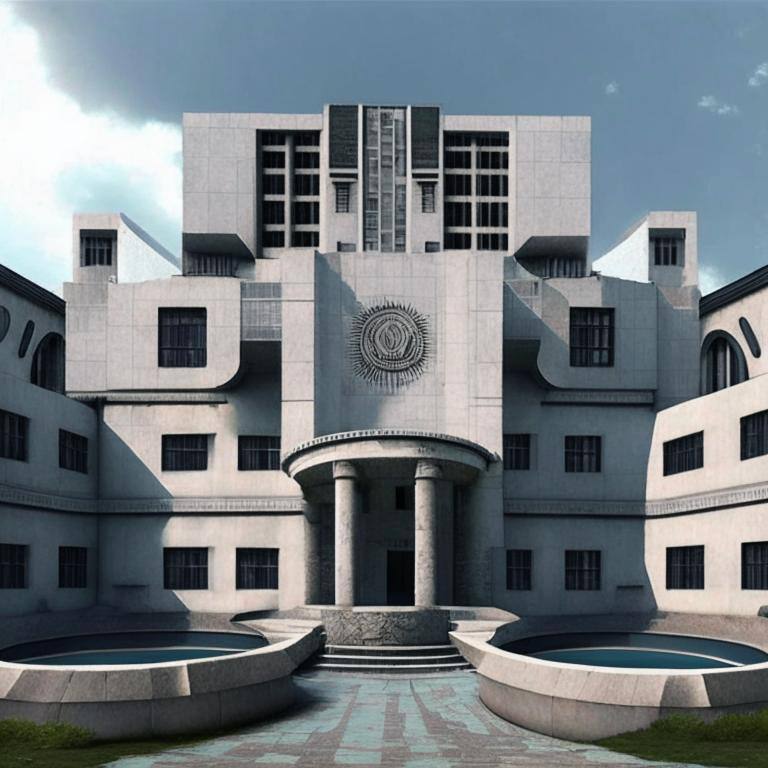
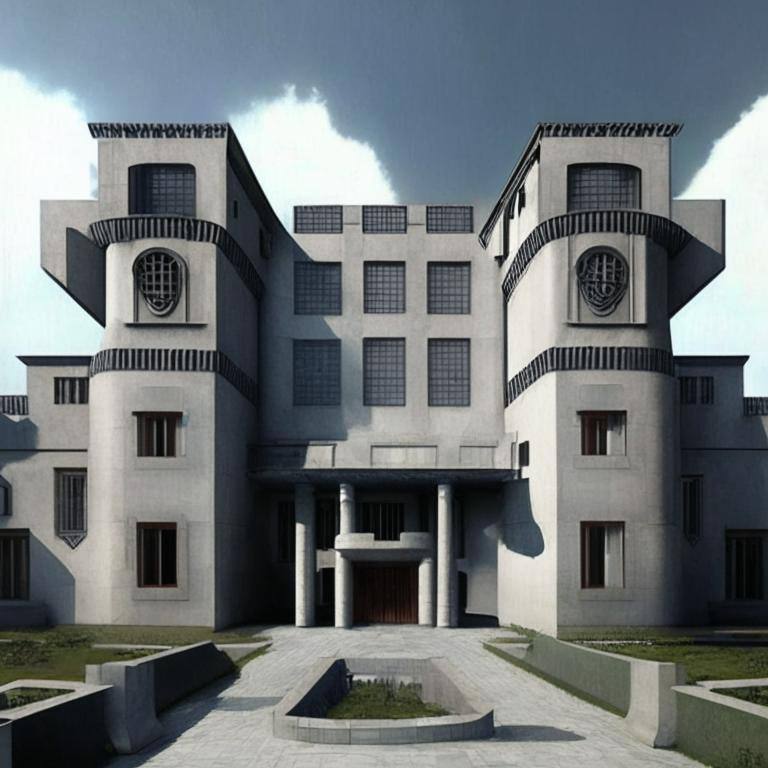
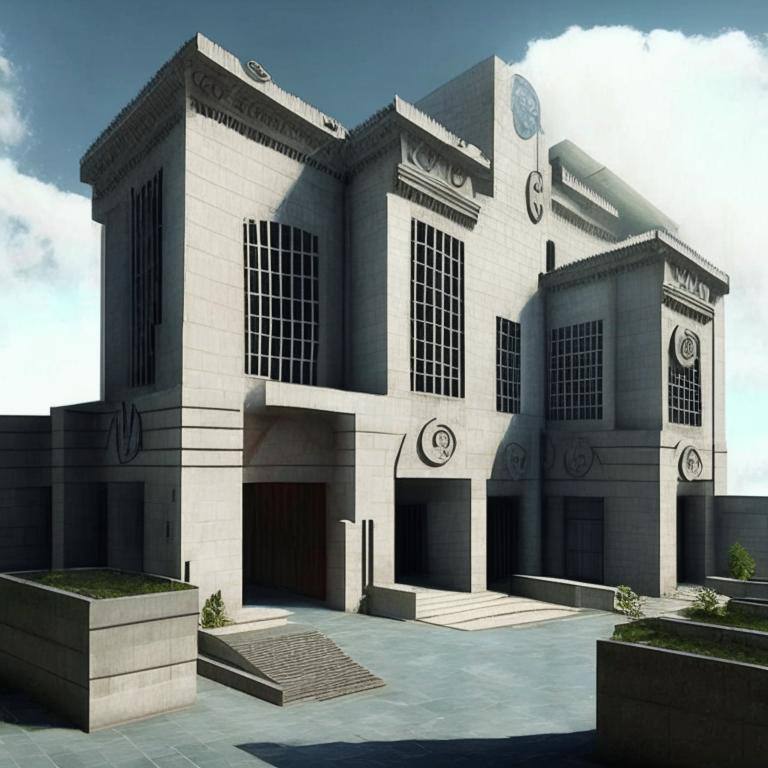

There is no comments